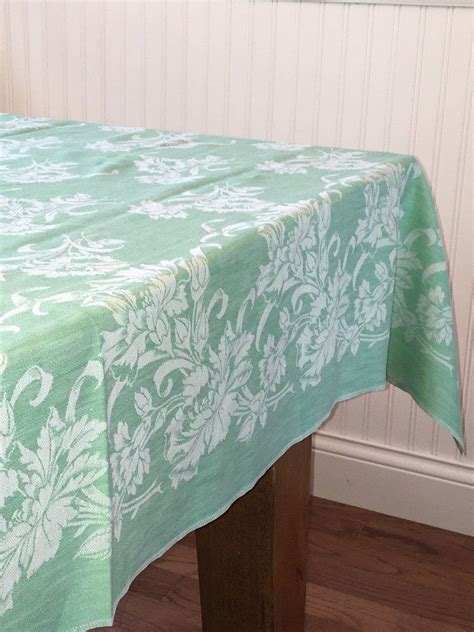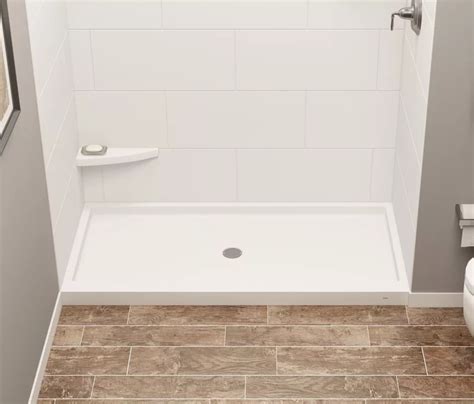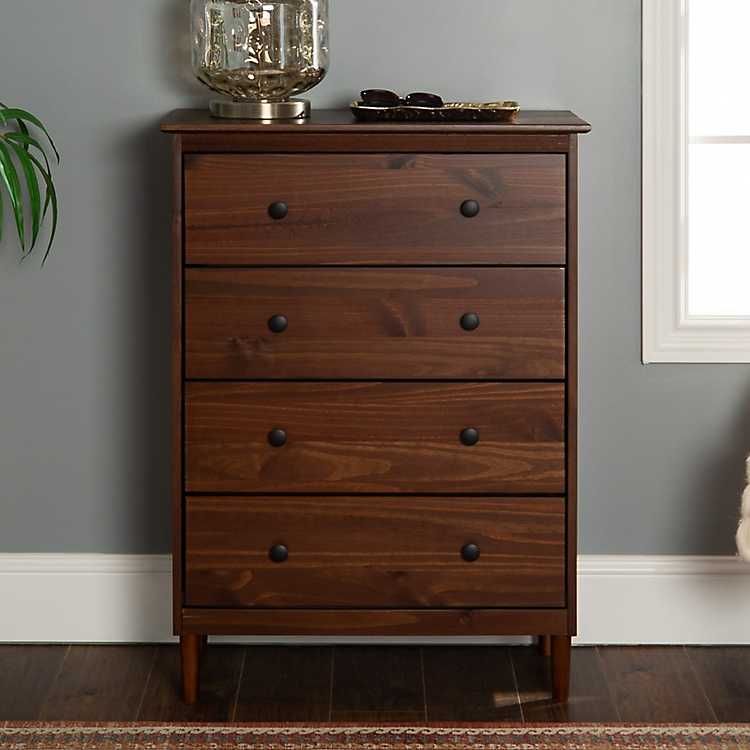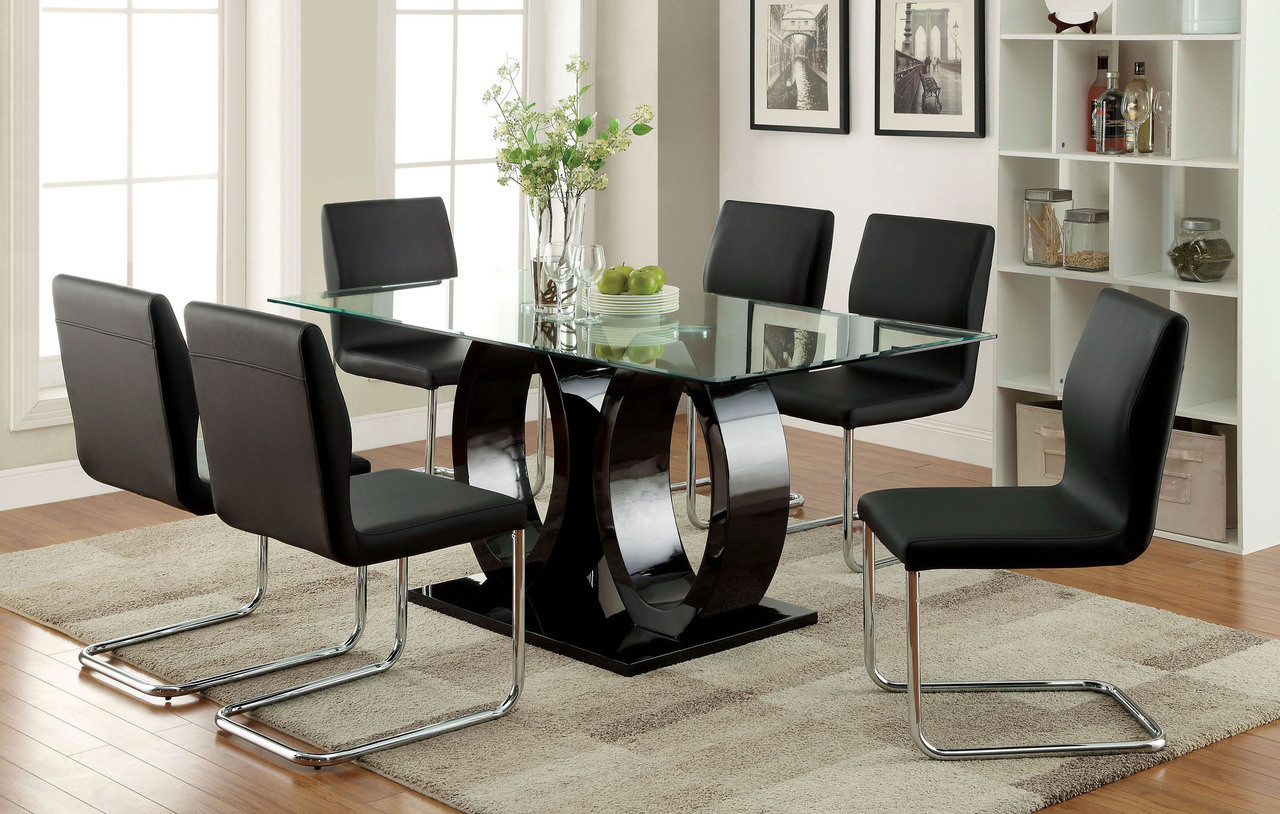Tablecloths serve as both functional and decorative elements in any dining space. A green and white tablecloth, in particular, can bring a fresh and vibrant touch to your dining room or outdoor gatherings. However, to maintain its beauty and functionality, proper care and maintenance are essential. In this article, we will explore tips for ensuring the longevity of your green and white tablecloth, including cleaning, storage, and general care practices.
Understanding Your Tablecloth Material
Before diving into care tips, it’s important to understand the material of your tablecloth. Tablecloths can be made from various fabrics, including cotton, polyester, linen, and blends. Each material has its own care requirements.
- Cotton: This natural fiber is popular for its breathability and softness. Cotton tablecloths are machine washable but may wrinkle easily.
- Polyester: Often chosen for its durability and stain resistance, polyester tablecloths are easy to clean and maintain. They tend to hold color well and resist fading.
- Linen: This luxurious fabric is known for its elegance but requires more delicate care. Linen tablecloths can be prone to wrinkling and require ironing.
- Blends: Many tablecloths are made from a mix of materials, combining the best attributes of each. Always check the care label for specific instructions.
Cleaning Your Green and White Tablecloth
Cleaning is the most crucial aspect of tablecloth maintenance. Here are some tips to ensure that your green and white tablecloth remains vibrant and stain-free.
Pre-Treating Stains
Accidents happen, and stains are inevitable. Here are steps to effectively pre-treat stains:
- Act Quickly: The sooner you treat a stain, the better your chances of removing it. Blot the stain gently with a clean cloth to absorb excess liquid.
- Use Cold Water: Rinse the stained area with cold water. Hot water can set certain stains, making them more difficult to remove.
- Stain Remover: Apply a suitable stain remover based on the fabric type. For cotton and polyester, a gentle detergent may suffice. For linen, test any product on a hidden area first.
Machine Washing
When it comes to washing your tablecloth, follow these guidelines:
- Check the Care Label: Always follow the manufacturer’s instructions regarding temperature and washing methods.
- Use Gentle Cycle: For delicate fabrics, select a gentle cycle to avoid damaging the fibers.
- Cold or Warm Water: Use cold water for most fabrics, especially if your tablecloth contains vibrant colors that may bleed.
- Skip the Fabric Softener: Fabric softeners can leave a residue that may affect the tablecloth’s finish and absorbency.
Drying Your Tablecloth
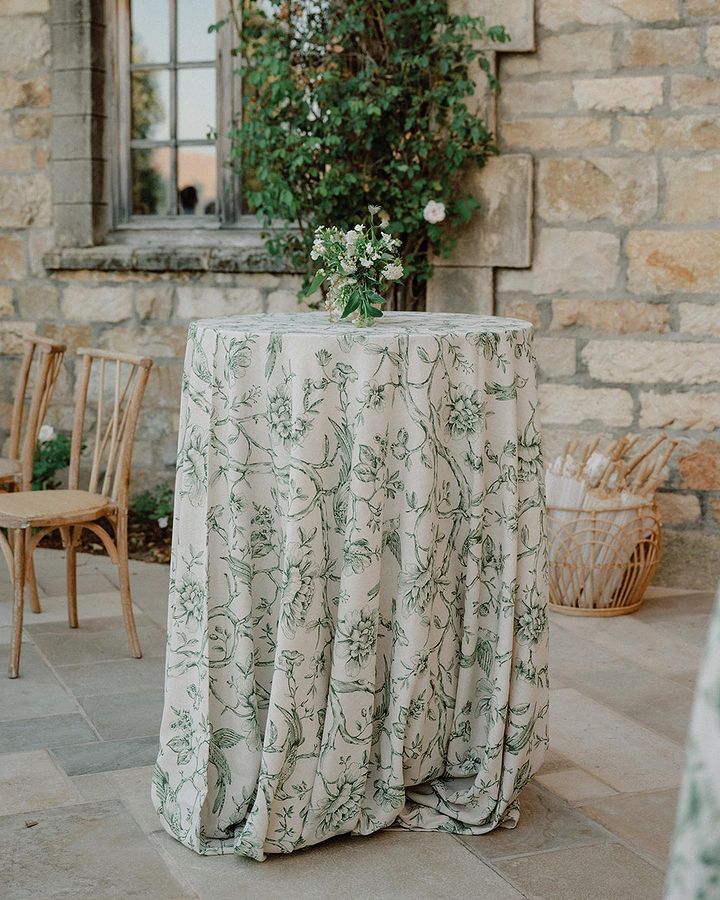
How you dry your tablecloth can significantly impact its longevity:
- Air Drying: Whenever possible, air drying is the gentlest method. Hang the tablecloth over a line or lay it flat to dry.
- Avoid Direct Sunlight: Prolonged exposure to sunlight can cause fading. Dry in a shaded area when air drying.
- Low Heat in Dryer: If using a dryer, opt for a low heat setting. Remove the tablecloth while slightly damp to minimize wrinkles.
Ironing and Storage Tips
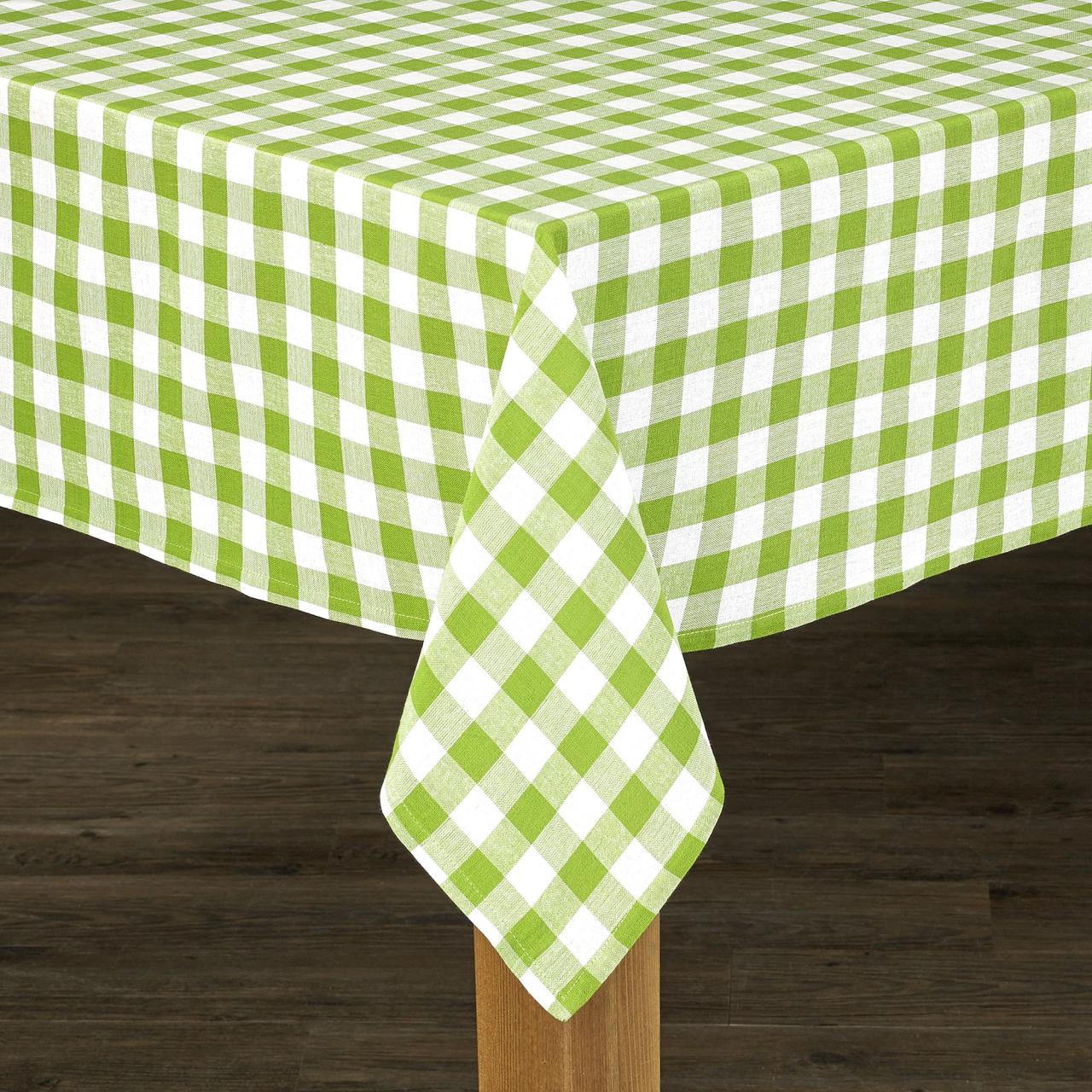
Proper ironing and storage can help your green and white tablecloth maintain its shape and appearance.
Ironing
Ironing can seem tedious, but it is essential for a crisp look:
- Check the Heat Setting: Different fabrics require different heat settings. Use a lower temperature for synthetic materials and a higher one for cotton or linen.
- Use Steam: Steam can help remove wrinkles without direct contact with the fabric, reducing the risk of burning.
- Iron on the Reverse Side: To prevent any shine or damage to the printed side, always iron the reverse of the tablecloth first.
Storing Your Tablecloth
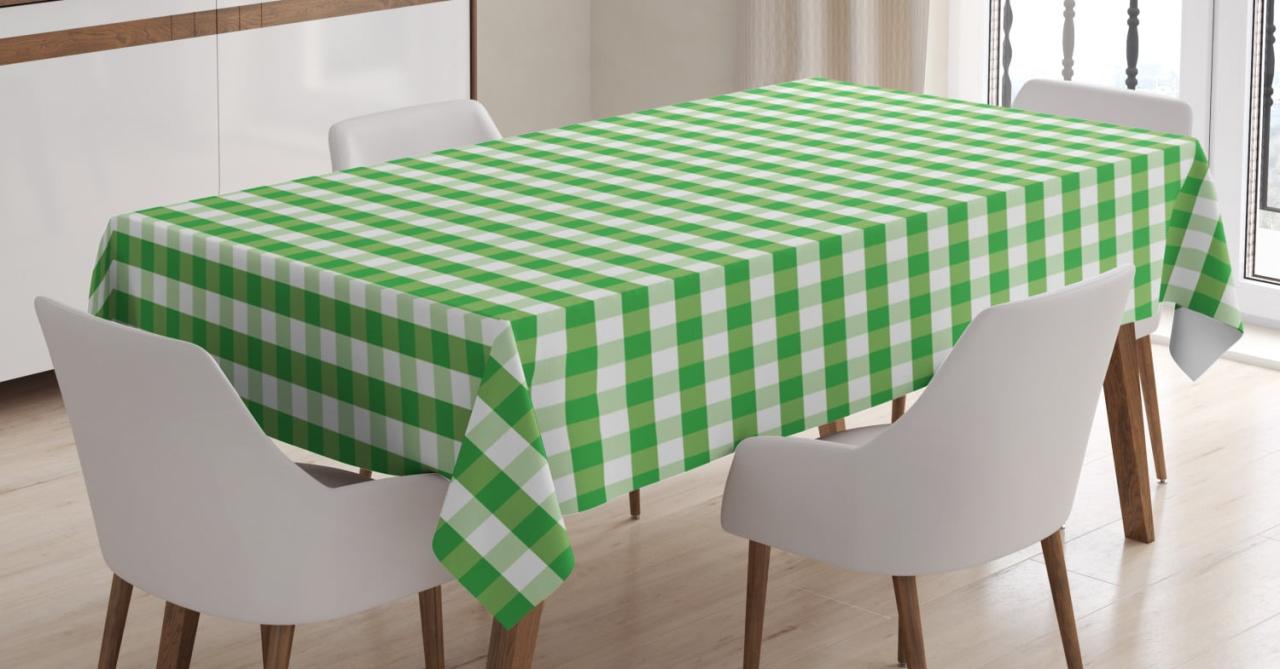
Proper storage is vital to prevent damage and prolong the life of your tablecloth:
- Clean Before Storing: Always wash and fully dry your tablecloth before storing it to prevent mildew and odor.
- Fold Neatly: Fold the tablecloth neatly and avoid heavy stacking that could lead to creases.
- Use a Breathable Storage Bag: If storing for long periods, use a breathable cotton or linen bag to protect it from dust while allowing air circulation.
Protecting Your Tablecloth

Preventative measures can save you from extensive cleaning and maintenance down the road. Here are some ways to protect your tablecloth:
- Use a Table Protector: Consider using a clear plastic or vinyl table protector to shield your tablecloth from spills and scratches.
- Rotate Usage: If you have multiple tablecloths, rotate their usage to prevent excessive wear on a single piece.
- Keep Away from Heat: Avoid placing hot dishes directly on the tablecloth to prevent burns and discoloration.
Real-Life Examples and Case Studies
Several households have shared their experiences with green and white tablecloth maintenance. For example, the Johnson family, who frequently host dinner parties, invested in a high-quality polyester tablecloth. They found that regular spot-cleaning and using a table protector significantly reduced the frequency of deep cleaning.
In a case study conducted by the Home Textile Association, it was noted that families who adhered to proper washing and storage techniques reported their tablecloths lasting up to five years longer than those who neglected care instructions.
Caring for your green and white tablecloth involves understanding the material, implementing effective cleaning practices, and taking preventative measures to protect it from wear and tear. By following the tips outlined above—from pre-treating stains and proper washing to careful storage and protection—you can ensure that your tablecloth remains beautiful and functional for years to come. Remember, a little care goes a long way in preserving the vibrancy and integrity of your tablecloth, enhancing your dining experience and creating an inviting atmosphere for family and friends.
